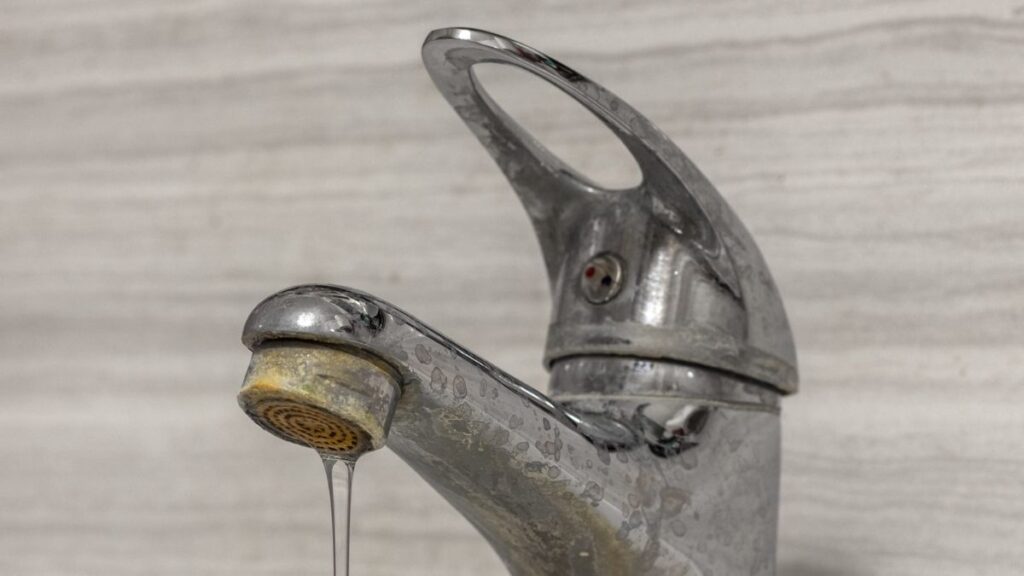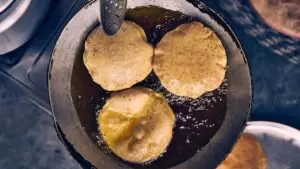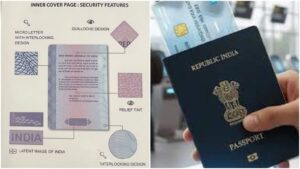How to Remove Rust and White Marks from Bathroom Taps Quickly and Bring Back Their Shine

Picture this: you’ve spent time scrubbing your bathroom, but the taps still look dull with cloudy patches and faint rust stains. It’s frustrating when chrome or stainless steel fittings lose their sparkle despite cleaning. The good news is you don’t need pricey sprays or new fittings. Simple household items like lemon, vinegar, and baking soda can restore shine in just a few minutes.
Rust and white marks appear mainly because taps are in constant contact with water, soap, and humidity. Hard water leaves chalky deposits, while trapped moisture and scratches make rust more likely. If ignored, these marks only worsen. With the right home remedies and a little patience, you can bring your taps back to life without damage.
Why do rust and white marks form on taps?
Bathroom taps are exposed to minerals like calcium and magnesium in hard water, which leave white stains. Soap scum builds up on the surface too. If the protective coating wears out, iron particles in water react with oxygen and cause rust. Poor ventilation makes the problem worse because moisture stays on the surface longer.
Home remedies to remove rust and stains from taps
- Lemon juice for a natural clean
Cut a lemon in half and rub it over the stained areas. The citric acid breaks down mineral deposits and rust, leaving a glossy finish. Let it sit for 10 minutes, rinse with warm water, and dry. For tougher stains, sprinkle baking soda on the lemon for extra scrubbing power. - White vinegar soak for white patches
Soak a cloth in vinegar and wrap it around the tap for 15 minutes. Once the deposits soften, scrub gently with an old toothbrush. Vinegar works well on limescale but don’t leave it on too long as it may dull the shine. - Baking soda paste for rust spots
Mix baking soda with water to form a paste. Apply it to rusty or chalky areas and leave it for 10 minutes. Scrub in circular motions with a soft brush, rinse, and wipe dry. Baking soda acts as a safe, mild abrasive.
What to do if stains are stubborn
If marks remain, extend the vinegar soak by wrapping the tap with a vinegar-soaked cloth and covering it with plastic wrap for up to an hour. Scrub lightly and rinse. For severe rust, use a commercial rust remover that’s safe for chrome or stainless steel, but always test it on a hidden area first.
Tips to prevent rust and stains on bathroom taps
- Wipe taps dry after each use with a microfiber cloth.
- Clean weekly with mild soap and warm water.
- Keep the bathroom well-ventilated.
- Use a water softener if your area has hard water.
- Avoid steel wool or harsh abrasives that scratch the surface.
When to call a professional
If rust has deeply damaged the surface or the protective coating is peeling off, home remedies won’t be enough. In such cases, call a professional or consider replacing the tap.
Rust and white marks on bathroom taps are common but not permanent. With natural ingredients like lemon, vinegar, and baking soda, you can restore shine quickly. Combine this with regular care, proper drying, and good ventilation, and your taps will stay sparkling without expensive products.
FAQs
1. Can I use cola to remove rust from taps?
Yes, cola contains mild acids that can loosen rust, but lemon or vinegar is more effective.
2. How often should I clean bathroom taps?
A quick weekly clean with mild soap and water prevents stains from building up.
3. Is vinegar safe for all tap finishes?
It’s safe for chrome and stainless steel if not left on too long. Always test on a small area first.
4. What’s the fastest way to remove water marks before guests arrive?
Rubbing a cut lemon or wiping with vinegar for 5 minutes usually does the trick.
5. Can hard water cause permanent damage to taps?
Yes, over time hard water can corrode and pit the surface. Using a water softener helps prevent this.









